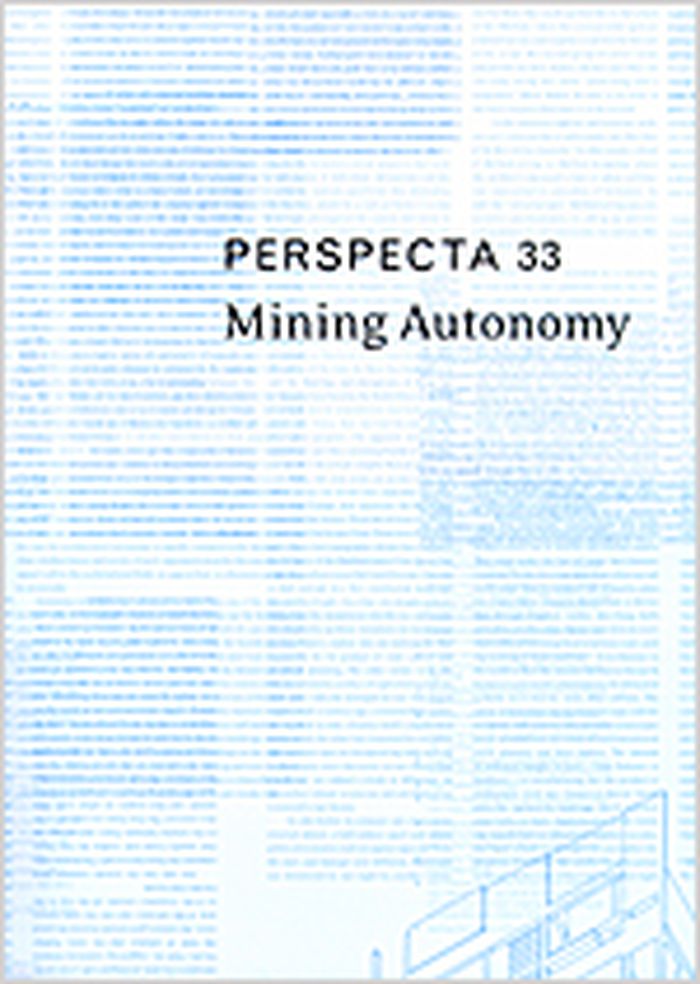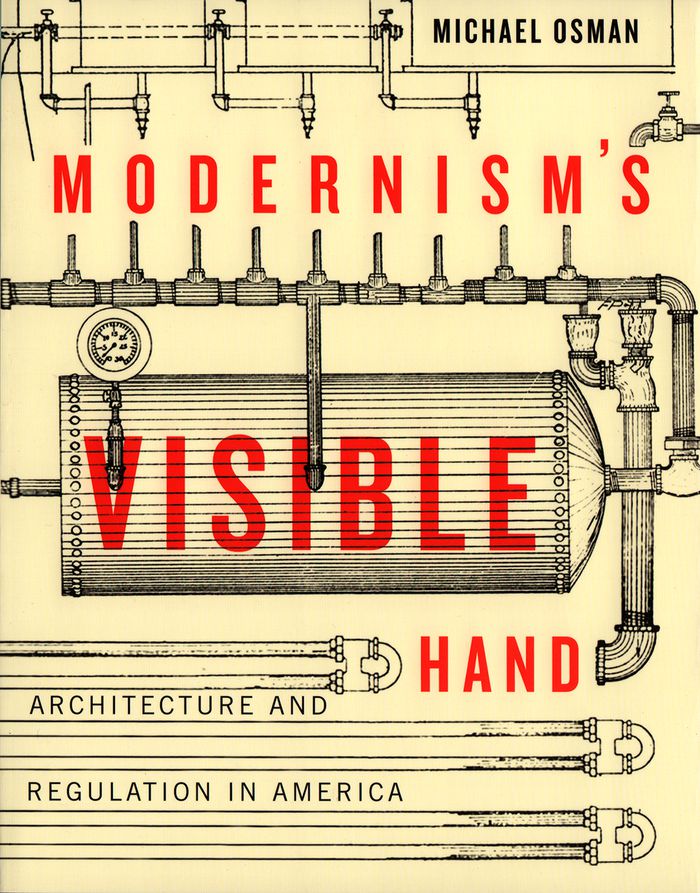$31.95
(available to order)
Summary:
"Perspecta 33 : mining autonomy" is a collection of essays that examines the evolving legacy of architectural autonomy and its relationship to architecture's potential to act as a critical agent. As its name implies, "Mining autonomy" both draws from the richness of the intellectual project of autonomy and perhaps does some damage to its suppositions by forwarding the(...)
Magazines
May 2002, New Haven
Perspecta 33 : mining autonomy
Actions:
Price:
$31.95
(available to order)
Summary:
"Perspecta 33 : mining autonomy" is a collection of essays that examines the evolving legacy of architectural autonomy and its relationship to architecture's potential to act as a critical agent. As its name implies, "Mining autonomy" both draws from the richness of the intellectual project of autonomy and perhaps does some damage to its suppositions by forwarding the idea that the contemporary position of critical practice has shifted from the autonomous center to the periphery of the architectural discipline.
Magazines
$46.95
(available in store)
Summary:
Drawing on a range of previously unexplored archival resources, Michael Osman examines the increasing role of environmental technologies in building design from the late nineteenth century. He shows how architects appropriated and subsumed the work of engineers as thermostats, air handlers, and refrigeration proliferated. He argues that this change was closely connected(...)
Modernism's visible hand: architecture and regulation in America
Actions:
Price:
$46.95
(available in store)
Summary:
Drawing on a range of previously unexplored archival resources, Michael Osman examines the increasing role of environmental technologies in building design from the late nineteenth century. He shows how architects appropriated and subsumed the work of engineers as thermostats, air handlers, and refrigeration proliferated. He argues that this change was closely connected to broader cultural and economic trends in management and the regulation of risk. The transformation shaped the evolution of architectural modernism and the development of the building as a machine. Rather than assume the preexisting natural order of things, participants in regulation—including architects, scientists, entrepreneurs, engineers, managers, economists, government employees, and domestic reformers—became entangled in managing the errors, crises, and risks stemming from the nation’s unprecedented growth.
Architectural Theory

